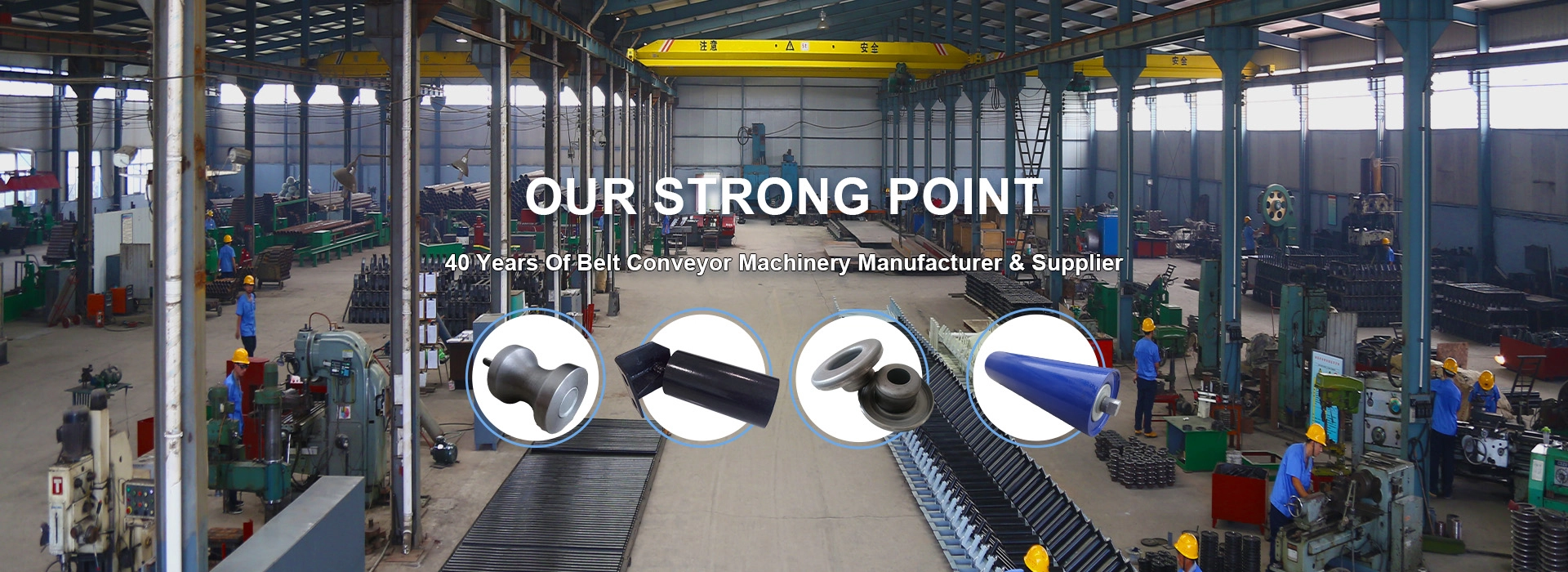 Afrikaans
Afrikaans  Albanian
Albanian  Amharic
Amharic  Arabic
Arabic  Armenian
Armenian  Azerbaijani
Azerbaijani  Basque
Basque  Belarusian
Belarusian  Bengali
Bengali  Bosnian
Bosnian  Bulgarian
Bulgarian  Catalan
Catalan  Cebuano
Cebuano  Corsican
Corsican  Croatian
Croatian  Czech
Czech  Danish
Danish  Dutch
Dutch  English
English  Esperanto
Esperanto  Estonian
Estonian  Finnish
Finnish  French
French  Frisian
Frisian  Galician
Galician  Georgian
Georgian  German
German  Greek
Greek  Gujarati
Gujarati  Haitian Creole
Haitian Creole  hausa
hausa  hawaiian
hawaiian  Hebrew
Hebrew  Hindi
Hindi  Miao
Miao  Hungarian
Hungarian  Icelandic
Icelandic  igbo
igbo  Indonesian
Indonesian  irish
irish  Italian
Italian  Japanese
Japanese  Javanese
Javanese  Kannada
Kannada  kazakh
kazakh  Khmer
Khmer  Rwandese
Rwandese  Korean
Korean  Kurdish
Kurdish  Kyrgyz
Kyrgyz  Lao
Lao  Latin
Latin  Latvian
Latvian  Lithuanian
Lithuanian  Luxembourgish
Luxembourgish  Macedonian
Macedonian  Malgashi
Malgashi  Malay
Malay  Malayalam
Malayalam  Maltese
Maltese  Maori
Maori  Marathi
Marathi  Mongolian
Mongolian  Myanmar
Myanmar  Nepali
Nepali  Norwegian
Norwegian  Norwegian
Norwegian  Occitan
Occitan  Pashto
Pashto  Persian
Persian  Polish
Polish  Portuguese
Portuguese  Punjabi
Punjabi  Romanian
Romanian  Russian
Russian  Samoan
Samoan  Scottish Gaelic
Scottish Gaelic  Serbian
Serbian  Sesotho
Sesotho  Shona
Shona  Sindhi
Sindhi  Sinhala
Sinhala  Slovak
Slovak  Slovenian
Slovenian  Somali
Somali  Spanish
Spanish  Sundanese
Sundanese  Swahili
Swahili  Swedish
Swedish  Tagalog
Tagalog  Tajik
Tajik  Tamil
Tamil  Tatar
Tatar  Telugu
Telugu  Thai
Thai  Turkish
Turkish  Turkmen
Turkmen  Ukrainian
Ukrainian  Urdu
Urdu  Uighur
Uighur  Uzbek
Uzbek  Vietnamese
Vietnamese  Welsh
Welsh  Bantu
Bantu  Yiddish
Yiddish  Yoruba
Yoruba  Zulu
Zulu idler for conveyor belt
Idler for Conveyor Belt Essential Components for Efficiency
In the world of material handling, conveyor belts play a pivotal role in transporting goods and materials across various industries, including mining, manufacturing, and logistics. A crucial component of these systems is the idler, a set of rollers that support and guide the conveyor belt as it moves. Understanding the function and importance of idlers can significantly influence the efficiency and reliability of conveyor systems.
What is an Idler?
An idler is a non-powered roller that provides support to the conveyor belt. It is an integral part of the conveyor system, serving multiple purposes. Idlers keep the belt in alignment, reduce wear and tear, and assist in the movement of materials. They are typically made of steel or plastic and come in various sizes and configurations based on the specific requirements of the conveyor system.
Types of Idlers
There are several types of idlers, each designed for different applications
. The most common types include1. Impact Idlers Positioned at loading points, these idlers absorb the energy of falling materials, protecting the belt from damage and extending its lifespan. 2. Carrying Idlers These idlers support the belt and the load it carries. They are usually arranged in a V-shape to hold the belt in place and minimize sagging. 3. Return Idlers Located on the return side of the conveyor, they support the belt as it returns to the loading point. This helps maintain belt tension and alignment. 4. Training Idlers These idlers help to steer the belt back into alignment if it starts to drift. Proper alignment is critical to prevent excessive wear and improve operational efficiency.
Importance of Idlers in Conveyor Systems
idler for conveyor belt

The functionality of idlers significantly affects the overall performance of a conveyor system. Properly functioning idlers help to ensure that the belt maintains its intended path, reduces friction, and minimizes energy consumption. This is essential for maximizing the efficiency of material handling processes.
Moreover, idlers contribute to the longevity of the conveyor belt itself. By providing a smooth and stable surface for the belt to travel over, they minimize wear and tear, thereby reducing maintenance costs and downtime. This is especially important in industries where continuous operation is critical, as any interruption can lead to significant production losses.
Maintenance and Selection
Choosing the right type of idler for a specific application is crucial. Factors to consider include the type of material being transported, the load capacity, environmental conditions, and the conveyor's speed. Additionally, regular maintenance of idlers is essential to ensure they function correctly. This includes inspecting for wear, ensuring proper lubrication, and replacing damaged rollers promptly.
Failing to maintain idlers can lead to misalignment, increased friction, and, ultimately, conveyor failure. Implementing a proactive maintenance schedule can significantly enhance the reliability of the entire conveyor system.
Conclusion
Idlers are more than just supporting components; they are vital to the efficient operation of conveyor systems. Their role in maintaining the integrity and functionality of conveyor belts cannot be understated. As industries continue to evolve and become more automated, the importance of selecting the right idlers and maintaining them properly will only increase. Investing in quality idlers and ensuring their optimal performance is essential for any operation that relies on conveyor systems, paving the way for increased productivity and reduced operational costs.
-
Revolutionizing Conveyor Reliability with Advanced Rubber Lagging PulleysNewsJul.22,2025
-
Powering Precision and Durability with Expert Manufacturers of Conveyor ComponentsNewsJul.22,2025
-
Optimizing Conveyor Systems with Advanced Conveyor AccessoriesNewsJul.22,2025
-
Maximize Conveyor Efficiency with Quality Conveyor Idler PulleysNewsJul.22,2025
-
Future-Proof Your Conveyor System with High-Performance Polyurethane RollerNewsJul.22,2025
-
Driving Efficiency Forward with Quality Idlers and RollersNewsJul.22,2025





























